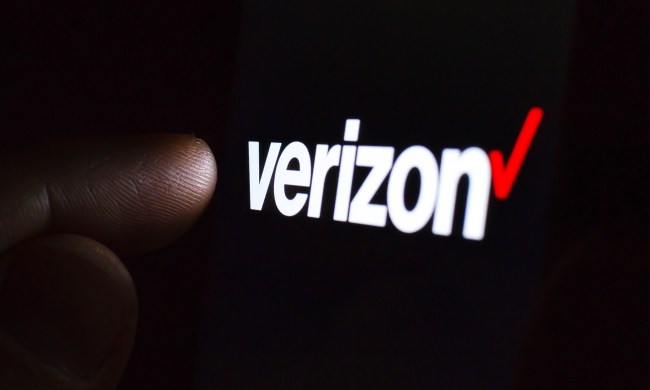Under fire for the sheer amount of personal data it collects, Google will finally allow you to auto-delete your activity and location history, the company announced Wednesday.
Users on both iPhone and Android can now opt in to auto-deletion of sensitive location information after either 3 or 18 months. Right now, the feature only works with your location history, but Google plans to bring the same auto-deletion functionality to web and app activity over the next few weeks.
“You should always be able to manage your data in a way that works best for you — and we’re committed to giving you the best controls to make that happen,” David Monsees and Marlo McGriff, Google product managers, wrote on the Google Blog.
Anyone who uses Google Maps likely knows just how detailed their tracking can be. For many users, Google records a complete map of everywhere you’ve been every month. That’s prompted privacy concerns from advocates, users, and even government regulators concerned that giant tech firms like Google have too much control over user data.
The company told users in August that it tracks your location even if you turn Location History off. Deleting your activity manually was previously an option, but giving users the opportunity to set it and forget it might provide a bit more peace of mind that Google doesn’t have a yearslong record of your every move.
That record of everywhere you’ve been (not to mention any website you’ve visited in Chrome or everything you’ve ever searched on Google) could be embarrassing or annoying it fell into the wrong hands — if your account was compromised or Google’s servers were hacked, for example.
The feature is still rolling out to phones and may not be enabled for a few days. Here’s how to enable auto-deletion of your location data:
- Visit Google’s account activity controls page while logged into your account.
- Scroll to Location History.
- Click Choose to delete automatically.
- Choose whether to keep your data for 3 or 18 months.
- Press confirm.
You’re all set after that — in 3 or 18 months, your visit to the taco shop for lunch today should be wiped from Google’s servers.


